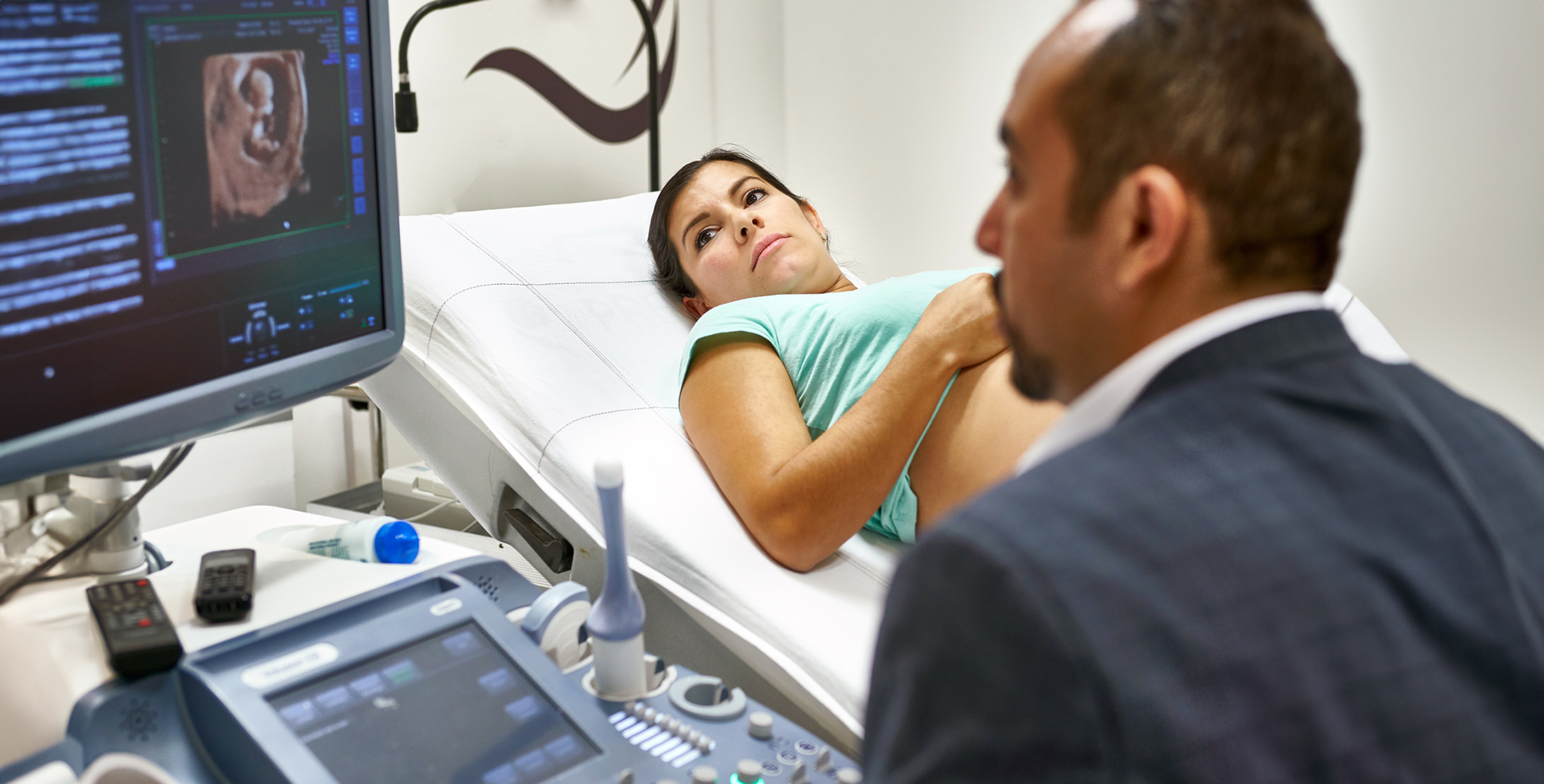Predictability of Fall-Screening Tools

Problem
Falls are the leading cause of injuries among older adults in the United States.
Falls are preventable and clinicians are advised to screen for fall risk yearly. Though a number of screening tools exist for the identification of risk factors for older adult falls, these tools have never been tested to determine how well they predict future falls.
Given this, the purpose of this project was to identify a set of questions that will predict falls themselves, rather than identifying the risk factors for falls, in community-dwelling adults aged 65 and older.
Solution
NORC conducted a longitudinal survey that followed over 1,900 older adults over the course of approximately 15 months.
The study sought to:
Test the ability of existing falls-screening tools to predict falls and falls requiring medical attention over the course of one year
Assess how well specific questions predict falls for specific groups (e.g., gender, race, and disability status)
Assess how responses to questions change over time
Each participant completed a baseline survey that included questions from several screening tools. After completing the baseline, he or she received a monthly survey that asked about falls and associated medical treatment in the previous month. The screening tools evaluated in this study were the CDC Stay Independent Checklist, the American Geriatric Society (AGS) Fall Prevention Guidelines and Recommended Questions, and Falls Risk for Older People - Community Setting (FROP-Com). Participants were randomly selected and surveyed using NORC’s AmeriSpeak panel, which is a probability-based, representative sample of the U.S. population. Panelists participated via either internet or phone interviews.
Result
NORC found that the 3-item subset of the STEADI tool for falls screening in the age 65+ U.S. population was the best predictor of future falls risk.
This was true when compared to the other standard tools in the survey and new models built using a wide range of socio-demographic, health and medical, and falls history variables.
NORC also found that reported incidence of falls was significantly higher in the monthly surveys than the incidence of falls reported at baseline, when panelists were asked to remember falls in the previous year. This suggests that panelists may have had difficulty remembering falls over time, and future screenings may be more effective if they are designed to improve recall.
Based on these findings and recommendations, CDC will conduct additional research to determine whether screening guidance should change to use new tools that will predict falls in community-dwelling adults aged 65 and older.








